How to Prepare Soil for Container Gardening
Growing plants in containers comes with its own unique set of soil requirements. Proper soil preparation is essential to give container plants the nutrients, drainage, and moisture control needed to thrive in their confined spaces. By understanding key soil basics and following a few simple preparation steps, you can create the ideal growing medium for your container garden.
Understanding the Importance of Proper Soil Preparation
Healthy plants start with healthy soil. In the ground, plant roots have room to spread out and access nutrients and moisture from the surrounding earth. But in containers, they depend entirely on the limited soil you provide. The role of good soil in plant health is magnified for potted plants.
Poorly prepared soil can lead to issues like:
- Nutrient deficiencies
- Poor drainage/waterlogging
- Improper pH levels
- Lack of moisture retention
On the other hand, container plants grown in well-prepared soil are able to:
- Establish strong, expansive roots
- Absorb nutrients effectively
- Receive the right balance of air and water
- Resist diseases and pests
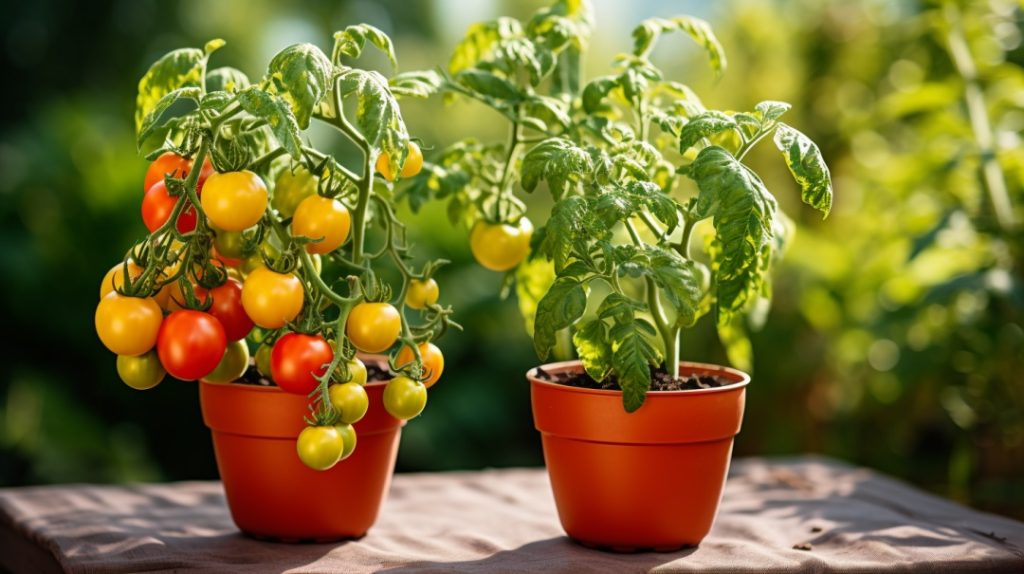
Thoughtfully amended soil gives your container plants their best shot at thriving. A well-balanced container mix keeps roots healthy while supporting lush, vigorous growth.
Different Soil Types & Their Benefits for Container Plants
Container plants do best in soilless potting mixes rather than straight from the ground. Potting mixes are blended for theirlightness, drainage, and moisture retention properties.
Here are some common potting mix essentials and what they bring to the mix:
Peat or Coconut Coir: Helps retain moisture and nutrients. Provides structure.
Perlite and Vermiculite: Lightens the mix and improves drainage. Aerates roots.
Compost: Adds key nutrients. Supports beneficial microbes. Provides organic matter.
Sand or Grit: Creates further aeration and drainage.
Combining different amendments creates a loose, airy texture ideal for container plant health. Heavier native soils can be too dense. Focus on potting mixes over other soil options when preparing containers.
Step-by-Step Guide to Preparing the Perfect Container Soil Mix
Follow these simple steps for creating customized potting soil that meets your container plants’ needs:
- Choose a base mix. Start with a good-quality commercial potting mix, or create your own base with 1 part peat and 1 part perlite or vermiculite.
- Mix in compost. Add 1 part nutrient-rich compost, like worm compost or composted manure. Compost provides vital nutrients and organic matter.
- Check and adjust the texture. Your mix should feel light and fluffy in your hands, not dense. Add more perlite/vermiculite to lighten as needed.
- Moisten the mix. Dampen the potting mix with water as you blend to improve coherence. Let excess water drain before potting plants.
- Mix thoroughly before potting. Blend all ingredients together evenly so components are distributed. Break up any clumps.
- Pot your plants! Your custom soil blend is now ready for container gardening success!
Common Soil-related Challenges in Container Gardening & Their Solutions
Even with proper preparation, container soil can develop issues that affect plant health. Watch for these common problems and correct them promptly:
Poor drainage/waterlogging: Roots suffocate without air. Drainage solutions for containers include adding more perlite/vermiculite to the mix, creating drainage holes, or potting in terracotta.
Nutrient deficiencies: Plants lack key elements. Top-dress containers with nutrient-rich compost or organic fertilizer to restore nutrients.
Extreme soil pH: Too high or low pH makes nutrients unavailable. Test soil pH and amend as needed toward neutral.
Lack of moisture retention: Plants dry out too quickly. Peat moss or coco coir improves moisture retention in mixes. Group pots to create shade and slow drying.
With attentive care and soil adjustments as needed, your container plants can continue thriving all season long.
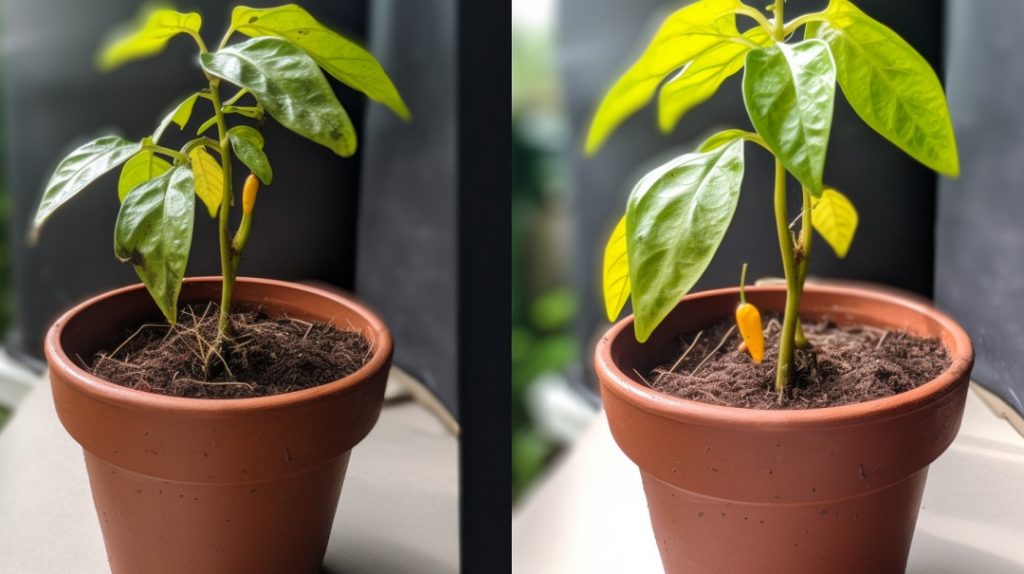
The Role of Good Soil in Plant Health
Healthy container plants start with soil that provides nutrients, moisture control, structural support and microbial life. Pay close attention to soil needs for thriving potted plants.
Organic vs. Inorganic Soil Components
A good container mix blends organic matter like compost with inorganic components like perlite and vermiculite for the ideal texture and drainage.
Balancing Moisture and Drainage in Containers
Amend soil mixes to retain moisture while still providing the fast drainage container plants need. Add coco coir, peat or compost to improve moisture retention.
Adjusting Soil pH for Optimal Growth
Test container soil pH regularly and amend toward neutral if needed. Most plants grow best with a pH of 6.0-7.0. Add lime to raise low pH, sulfur to lower high pH.
Testing Soil pH for Containers
Since container plants depend entirely on their limited soil, monitoring and adjusting pH is important for good health. Here are tips for soil pH testing for containers:
- Use a digital pH meter or test strips to check potting mix pH before planting and regularly thereafter.
- Take readings from several spots, testing both old and new potting mixes.
- Look for pH in the optimal range (6.0-7.0 for most plants). Values above or below indicate the need for amendments.
- To raise pH, mix in dolomitic lime or wood ash. To lower pH, use sphagnum peat moss or elemental sulfur.
- Re-test after making adjustments to ensure you’ve reached the proper pH range.
- Group plants with similar pH needs to avoid issues in mixed containers. For example, keep acid-lovers like azaleas separate from lime-lovers like vegetables.
Checking soil pH regularly makes it easy to catch issues before plants show distress. With prompt amendments, container plants can continue thriving in a balanced growing medium.
Perlite and Vermiculite Uses
These lightweight minerals are potting mix staples that offer similar benefits:
Aeration: Perlite and vermiculite create air pockets in soil that roots need.
Drainage: Water drains freely through the porous minerals, preventing waterlogging.
Moisture retention: The minerals absorb and hold extra moisture available to plant roots.
Soil loosening: Adds a loose, spongy texture that gives roots room to expand.
pH buffering: Helps stabilize pH levels in the soil mix.
Light weight: Reduces soil density for easier handling of containers.
Perlite and vermiculite lend important qualities to create an ideal growing medium. They are inexpensive, sustainable amendments for all container gardens.
Frequently Asked Questions About Preparing Soil for Containers
Container gardening brings its own unique set of soil-related questions. Here are answers to some common FAQs about getting soil ready for healthy potted plants:
What is the best potting mix for containers? A quality, commercial potting mix designed for containers is the best choice. Or create your own mix using equal parts peat moss, compost, and perlite or vermiculite.
Should I use garden soil in containers? Avoid using heavy garden soil in containers – it can compact and limit drainage. Light potting mixes are better suited for pots.
How often should I fertilize container plants? Feed containers every 2-3 weeks during the growing season using a balanced liquid fertilizer or slow-release granular fertilizer.
What is the optimal soil pH for container plants? Most container plants grow best with a soil pH of 6.0-7.0. Adjust with lime (to raise) or sulfur (to lower) as needed.
How can I improve drainage in potting mix? Add extra perlite, vermiculite or small rocks to improve drainage solutions for containers. Create holes in the container bottom and elevate pots.
Why are my container plants deficient in nutrients? Replenish nutrients by top-dressing pots with nutrient-rich compost or worm castings. Apply balanced fertilizer regularly.
How do I know when to water container plants? Check soil moisture with your finger 2-3″ deep – water when the top layer feels dry. Moisten until it runs from the pot’s drain holes.
Wrapping Up
Proper soil preparation is the foundation of healthy, thriving container gardens. Follow these guidelines when creating your own custom soil mixes:
- Start with a quality potting mix as the base
- Incorporate organic compost for nutrients
- Lighten texture with perlite or vermiculite
- Test and amend pH as needed for your plants
- Moisten as you blend, but don’t oversaturate
- Adjust mix components until you achieve the perfect balance of drainage and moisture retention
With a well-crafted growing medium customized to your plants’ needs, your containers will offer the ideal soil environment for roots to flourish. Pay close attention to soil preparation and your potted plants will thrive all season long!
Remember to monitor container soil and promptly amend any issues like waterlogging, nutrient deficiencies or pH imbalance. Healthy soil equals healthy plants – so take time to prepare the best possible potting mix. Let your container garden be a beautiful bounty this year through the simple act of proper soil prep.
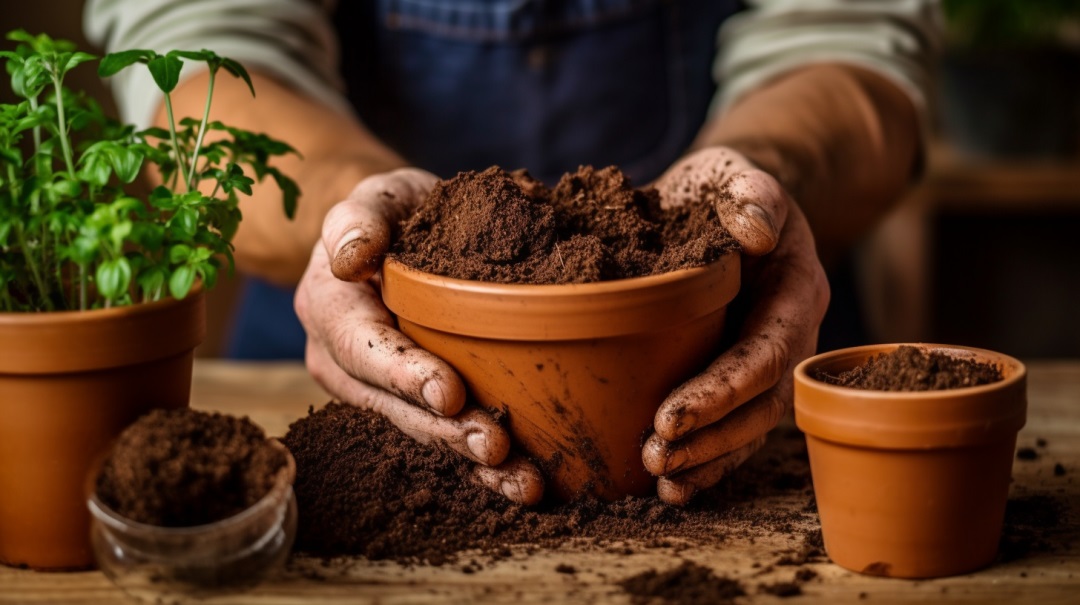
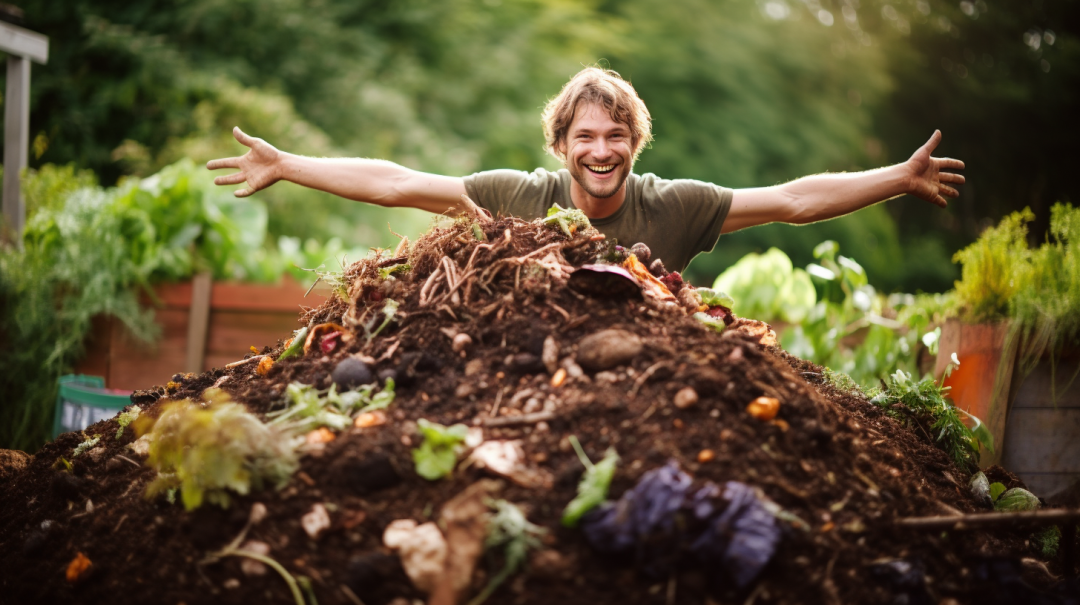
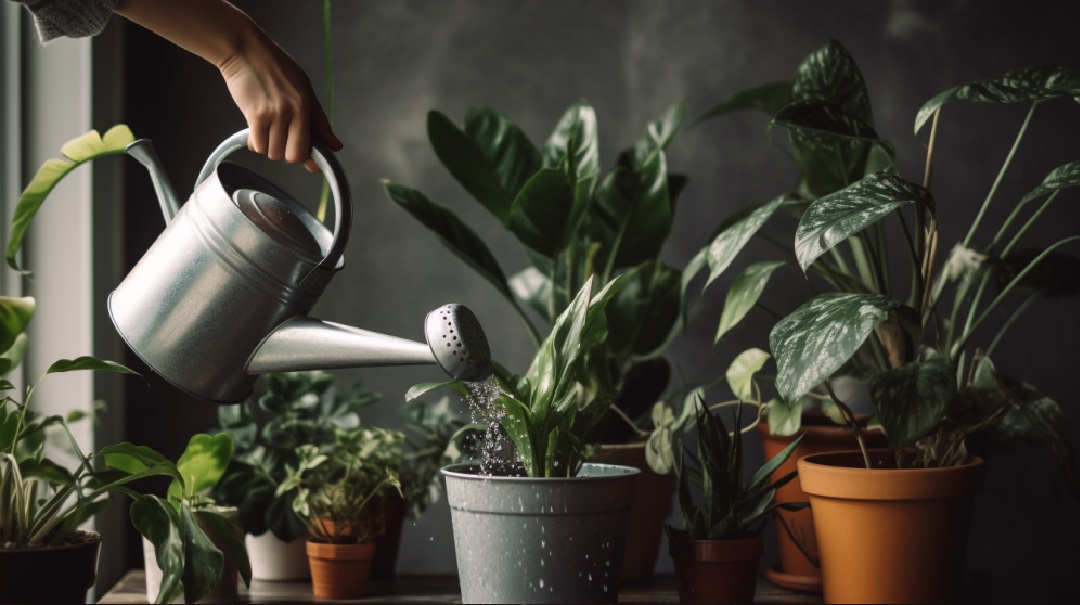
Leave a Reply